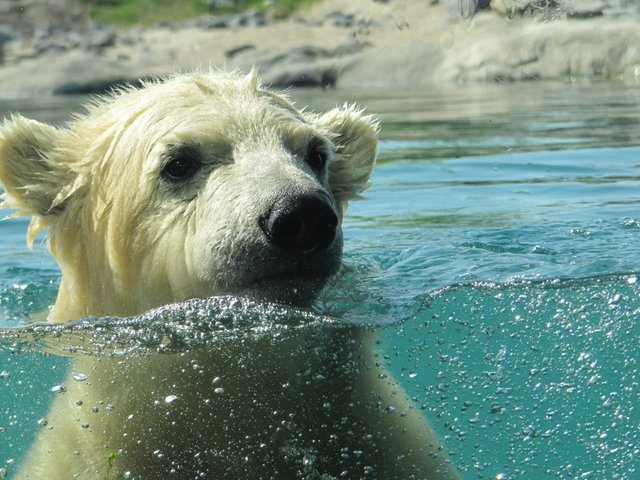The sixth mass extinction is fast approaching, it's time to do something about it
Written by Safiya on 26 June 2018
When was the last time you’ve seen a real-life dinosaur? Unless you are around 66 million years old, the answer is never. But how do you feel about never seeing a live panda, orangutan or elephant? Unfortunately, all this is possible as we enter the next global mass extinction.
The global population is growing at an alarming rate. Since the year 2000, the world’s population has increased from 6.1 to 7.6 billion. The question "How are we all able to fit on one planet?" is becoming more and more relevant.
It definitely is proving to be a challenge. With the population rapidly increasing, we are depleting existing resources at an unsustainable rate and scientists are warning of a “biological annihilation” of wildlife.
According to new research, we are at the beginning of the world’s sixth mass extinction.
If you think this sounds terrifying, you would be correct. Professor Gerardo Ceballos, who has led the study above, is also refusing to take the news lightly, as he exclaims: “The situation has become so bad it would not be ethical not to use strong language.”
To put the current situation into context, here are some harrowing statistics:
Up to 1,000 species have been estimated to go extinct every year
The current rate of extinction is up to 10,000 times higher than average historical extinction rates.
Almost half of the animals surveyed lost over 80% of their distribution between 1990 - 2015.
But hold on, we've already had five mass extinctions and we seem to be doing okay. Why is this one so problematic?
The most recent mass extinction dates back 65 million years ago, where a giant asteroid wiped out dinosaurs and ammonites. This current extinction is not caused by an asteroid, but surprise surprise, it's caused by humans — habitat destruction, overhunting, toxic pollution and climate change, all our work.
According to Professor Gerardo Ceballos and his team of scientists, the ultimate cause of these factors is: “human overpopulation, continued population growth, and overconsumption, especially by the rich.”
Every year as the world population increases, we witness a gradual increase in global temperatures, rising sea levels and mass deforestation, all of which are contributing to the current mass extinction.
Not really a positive note to end on; however, this is the exact wake-up call we as a society need. There is a narrow window in which we have to act and do what we can to avert this next disaster. Here's a list of charities, vetted by Kinder, who are working hard to protect wildlife:
- The RSBP is the UK's largest conservation charity. Their main focus is wild birds but they are important advocates for wildlife in general
- The Amazon Conservation Team
protects tropical forests in collaboration with indigenous peoples, strengthening local communities while protecting wildlife - World Land Trust protects the world’s most biologically significant and threatened habitats, the legendary Sir David Attenborough is one of the organisation's patrons.
- Wildlife Conservation Network protects endangered species and preserves their natural habitats. You can choose which species you'd like to support with your donation.
If you want to know more about our projects, head to our website. And let us know about your feedback, suggestions, and ideas in the comments below. 🙏
Because Kind is not enough. Join Kinder!



Sell your votes https://steemit.com/news/@bible.com/6h36cq